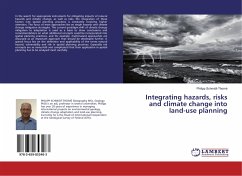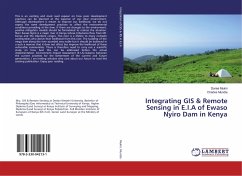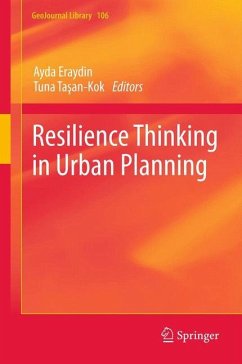
Integrating hazards, risks and climate change into land-use planning
Versandkostenfrei!
Versandfertig in 6-10 Tagen
36,99 €
inkl. MwSt.

PAYBACK Punkte
18 °P sammeln!
In the search for appropriate instruments for mitigating impacts of natural hazards and climate change, as well as risks, the integration of these factors into spatial planning practices is constantly receiving higher attention. The focus of most approaches lies on single hazards and climate change mitigation strategies. The current paradigm shift of climate change mitigation to adaptation is used as a basis to draw conclusions and recommendations on what additional concepts could be incorporated into spatial planning practices, and for example, multi-hazard approaches are discussed as an impo...
In the search for appropriate instruments for mitigating impacts of natural hazards and climate change, as well as risks, the integration of these factors into spatial planning practices is constantly receiving higher attention. The focus of most approaches lies on single hazards and climate change mitigation strategies. The current paradigm shift of climate change mitigation to adaptation is used as a basis to draw conclusions and recommendations on what additional concepts could be incorporated into spatial planning practices, and for example, multi-hazard approaches are discussed as an important approach that should be developed further. A special focus lies on the definition and applicability of the terms natural hazard, vulnerability and risk in spatial planning practices. Especially risk concepts are so many-fold and complicated that their application in spatial planning has to be analysed most carefully.












